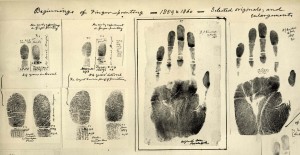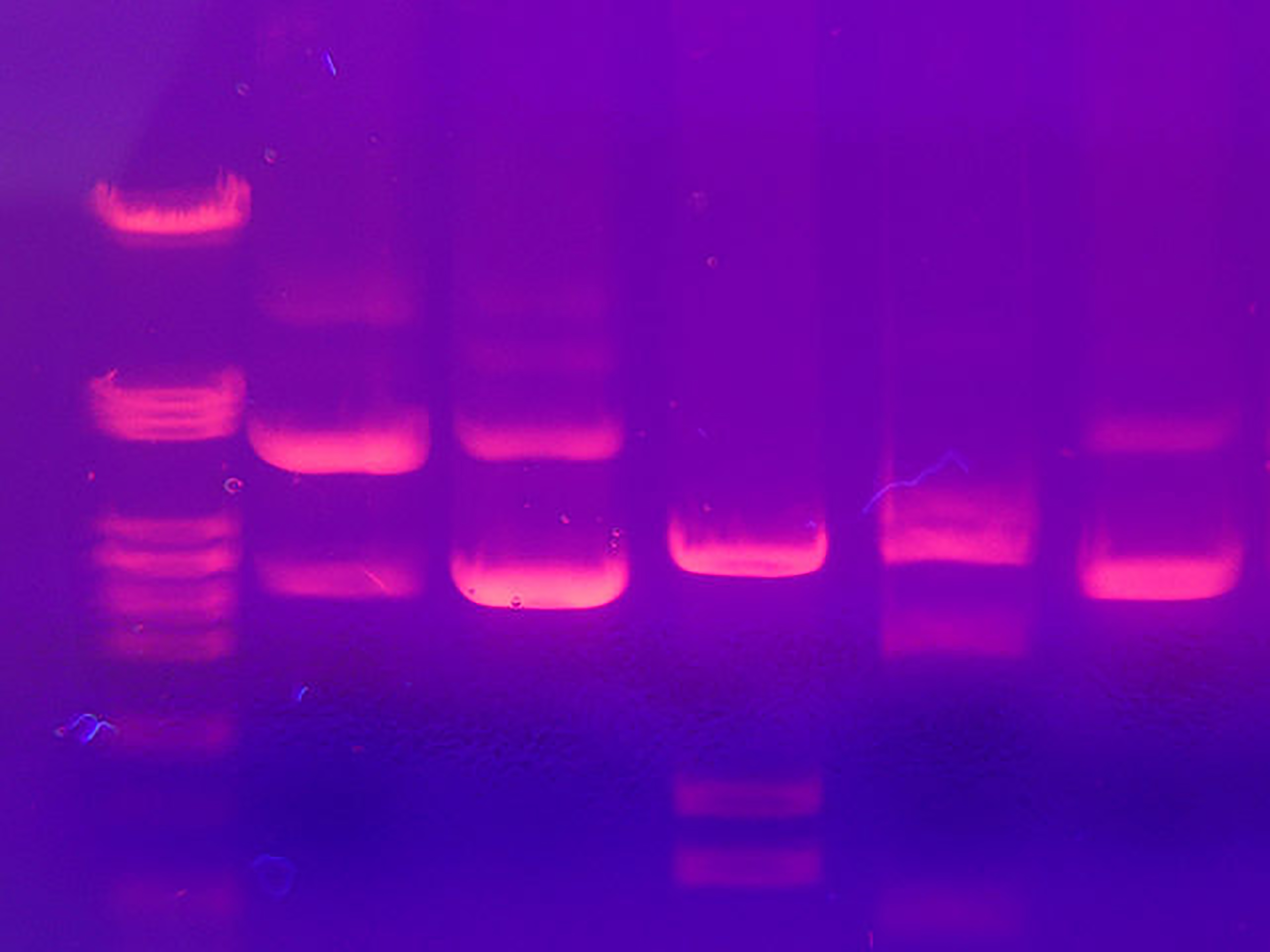It is 1984. Your name is Alec Jeffreys, and you are studying sequences of repetitive DNA in the human genome. You find patterns within these sequences that are hereditary but highly variable between individuals. Before long, you discover the potential to identify a person using these distinctive patterns within DNA. This technique, called DNA fingerprinting, compares the DNA in a person’s cells to biological matter from the scene of a crime. Fast forward 30 years, your game-changing discovery has helped convict criminals, exonerate the innocent, and identify countless victims.

The first forensics textbook was produced in the 15th century, and in the 1540’s, French doctor Ambroise Paré laid the foundations for modern forensic pathology by studying trauma on human organs. One of the first documented uses of physical matching occurred in 1609, when an Englishman was convicted of murder because a piece of newspaper in his pocket matched the wadded paper in a pistol. By the 19th century, sufficient scientific advances including fingerprint classification, toxicology assays, and trace evidence analysis had been made to spark a forensic revolution. A simultaneously occurring movement towards an analytic, technology-based approach to fighting crime gave birth to modern forensics.
Physical fingerprinting made its way to the US by 1904, but it was not until 80 years later that a case was solved with DNA fingerprinting. In March of 1985, DNA evidence of a young boy’s parentage saved him from deportation, capturing the romantic sentiments of the public and increasing interest in DNA fingerprinting. The first application in a forensic case occurred in 1987, when a man was implicated in a rape crime. As more cases flooded in, the 1990’s became a golden research age of DNA fingerprinting, followed by two decades of engineering and implementation. In the last 10 years alone, fingerprinting methods have improved substantially with the advent of portable crime labs and the increased use of chemical analysis. Jeffreys’ original technology is now obsolete, as techniques have become more sensitive and straightforward.
In classical DNA fingerprinting, isolated DNA is cut at known points along the strand. These fragments are then separated by size with a process called agarose electrophoresis, which capitalizes on the negative charge of DNA by attracting it towards a positive charge. As DNA fragments migrate on a gel, shorter segments travel faster than longer ones. This movement of DNA is later visualized using radioactive probes that stick to the fragments. The sizes of these DNA fragments differ between people because everyone has variation in their DNA sequences.
There were many drawbacks to the early methods of DNA fingerprinting, including DNA quality issues, statistical errors, and a difficulty obtaining optimal samples from crime scenes. To address these limitations, newer techniques have been developed. Starting in the early 1990s, DNA fingerprinting methods gradually became based on polymerase chain reactions (PCR), a technology that selectively amplifies a small sample of DNA to generate thousands to millions of copies of a particular sequence. Using PCR has improved sensitivity, speed, and genotyping precision. Analysts also began to study short tandem repeats, repetitive sequences of DNA, because of their variation among individuals. It is now possible to generate an individual’s unique genetic code, eliminating the chance of a false positive because it is highly improbably that two individuals will have identical markers at each location examined within their DNA. In fact, the odds exceed one in a billion.

So where, one might ask, does the future of forensics lie? With the emergence of next generation sequencing technologies, many believe that DNA sequencing, which actually identifies each base pair (A, T, C, G) in the genome, will replace current methods based on fragment length analysis. The cost of sequencing has fallen dramatically, and if accuracy and reliability continue to increase, the process will become fast, automated, and perhaps even possible on-site. So if you commit a crime anytime soon—you will likely be caught.

